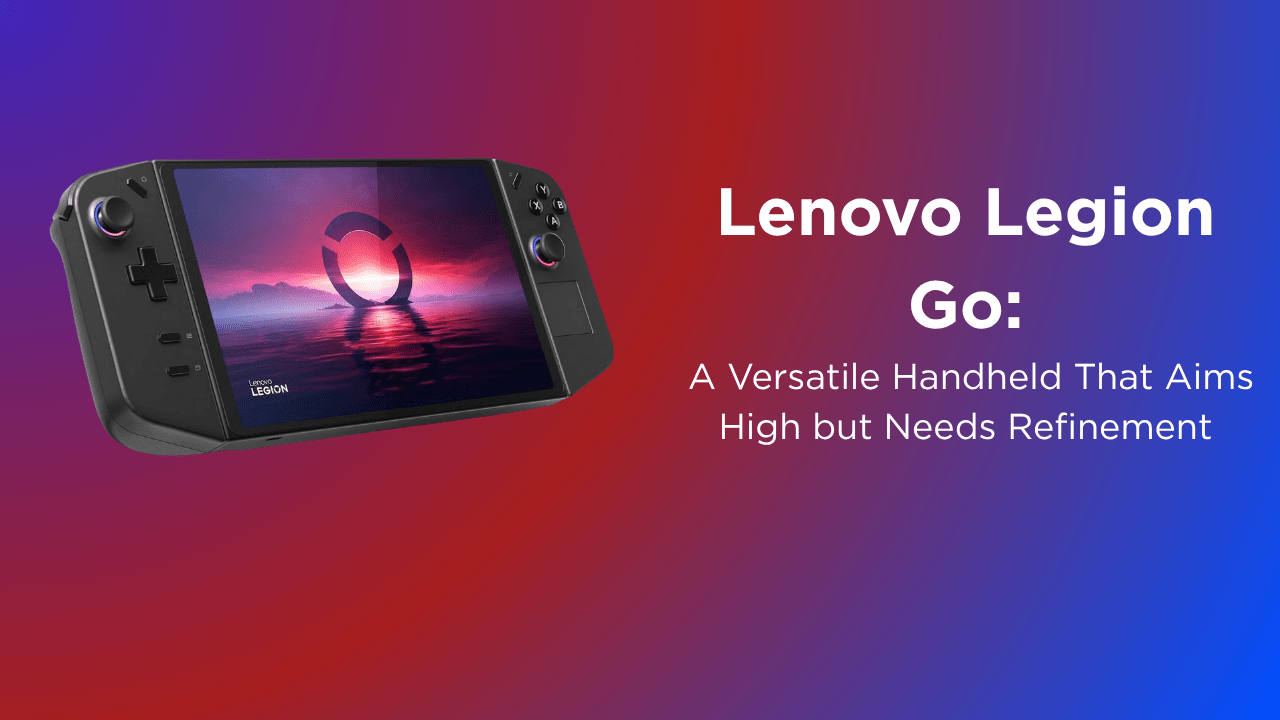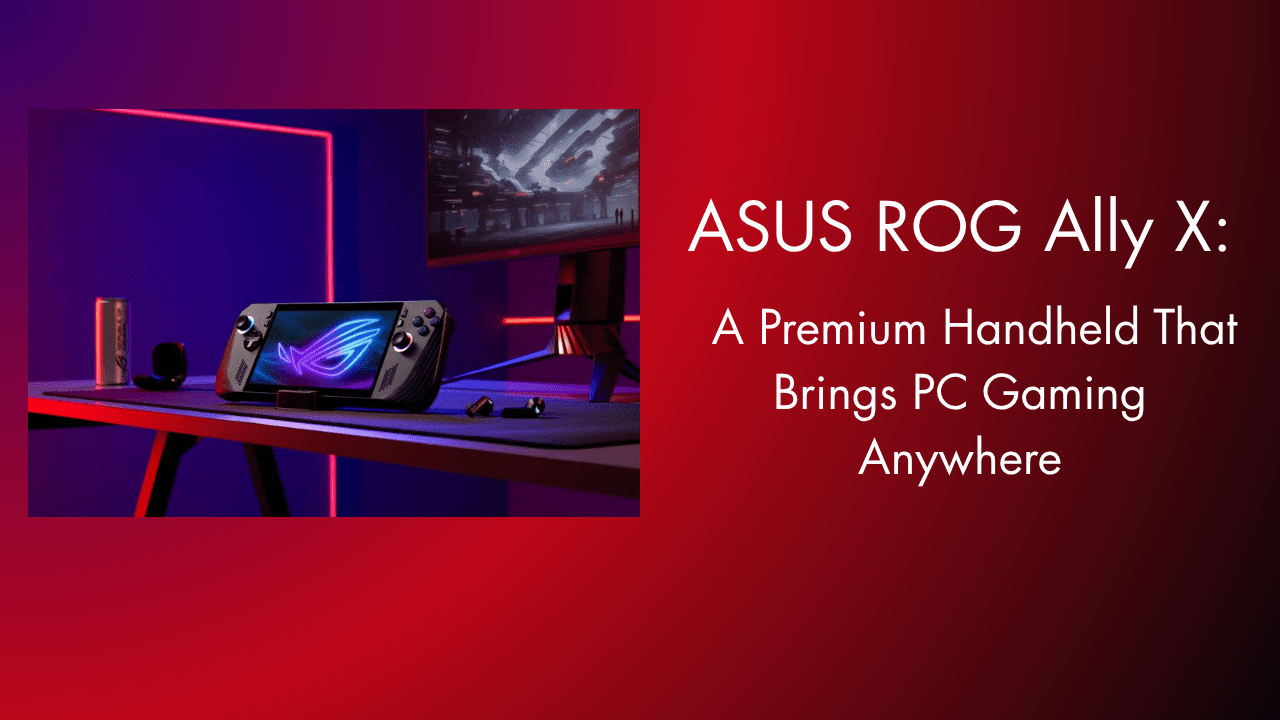The MSI Claw Struggles to Compete in the Handheld Gaming Market
MSI entered the handheld gaming scene with high expectations when it released the Claw, a 7-inch Windows-based device powered by Intel’s Core Ultra chip. On paper, the Claw seemed poised to challenge the Steam Deck OLED and ASUS ROG Ally, boasting modern specs and MSI’s gaming pedigree. But in practice, the Claw failed to deliver a competitive experience, falling behind in nearly every key area.
From the start, the Claw showed signs of trouble. Performance in demanding games like Cyberpunk 2077 and Shadow of the Tomb Raider lagged noticeably behind its rivals, even when plugged in and set to its highest power mode. Benchmarks consistently placed it 10 to 20 percent behind comparable devices, despite drawing more power and generating more heat. Even after multiple firmware and software updates, the Claw could not close the gap, leaving players with an experience that felt sluggish compared to the competition.
Battery life was another disappointment. Although the Claw featured a larger battery than its competitors, it still struggled to reach two hours of gameplay on a single charge. In contrast, the Steam Deck often managed nearly double that time, making the Claw feel impractical for longer gaming sessions away from a power outlet.
There were some bright spots in MSI’s design. The Claw’s ergonomics were widely praised, with a comfortable grip and responsive controls that felt natural in the hand. The built-in virtual surround sound and the MSI Center software also stood out as thoughtful features. But these touches could not outweigh the Claw’s poor performance, limited battery life, and clunky Windows interface, which remains poorly suited to handheld use.
Reviewers quickly concluded that the Claw was not worth its premium price, ranking it below every major competitor in the handheld space. Even after updates improved stability slightly, it was still difficult to recommend over more reliable and powerful options already on the market.
MSI, however, has not given up on the concept. At Computex 2025, the company announced the Claw A8, a redesigned model featuring an AMD Ryzen Z2 Extreme processor, increased RAM, an 8-inch 120Hz display, and a much larger battery. Early impressions suggest MSI is serious about addressing the shortcomings of the original, though whether the new version can live up to the competition remains to be seen.
In the end, the MSI Claw’s first iteration served as an example of missed potential. Despite its appealing design and ambitious goals, the device fell short where it mattered most, delivering reliable performance and practical battery life. MSI now has a chance to redeem its vision with the Claw A8, but winning back gamers’ trust will depend on whether it can finally deliver the handheld experience players expect.



